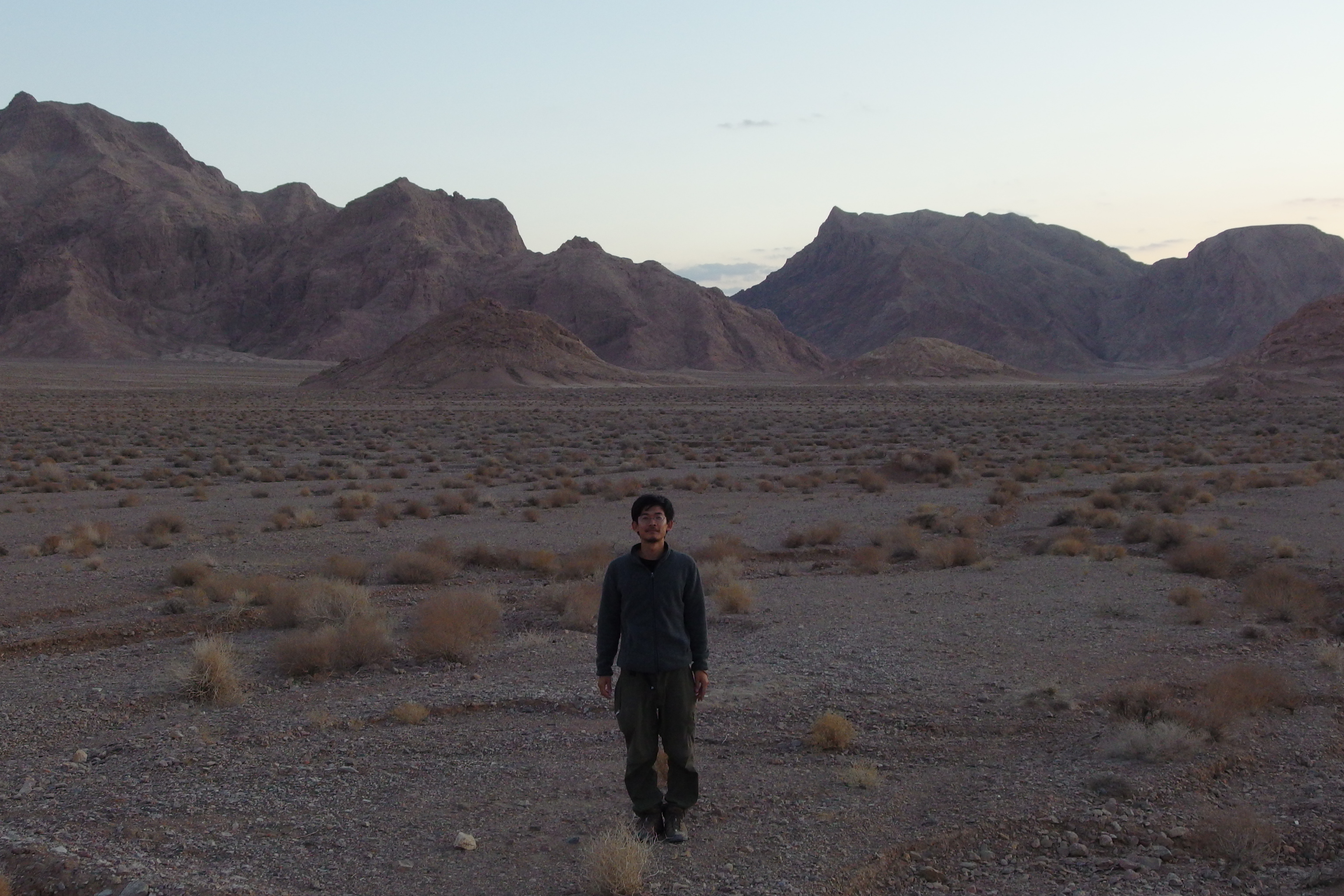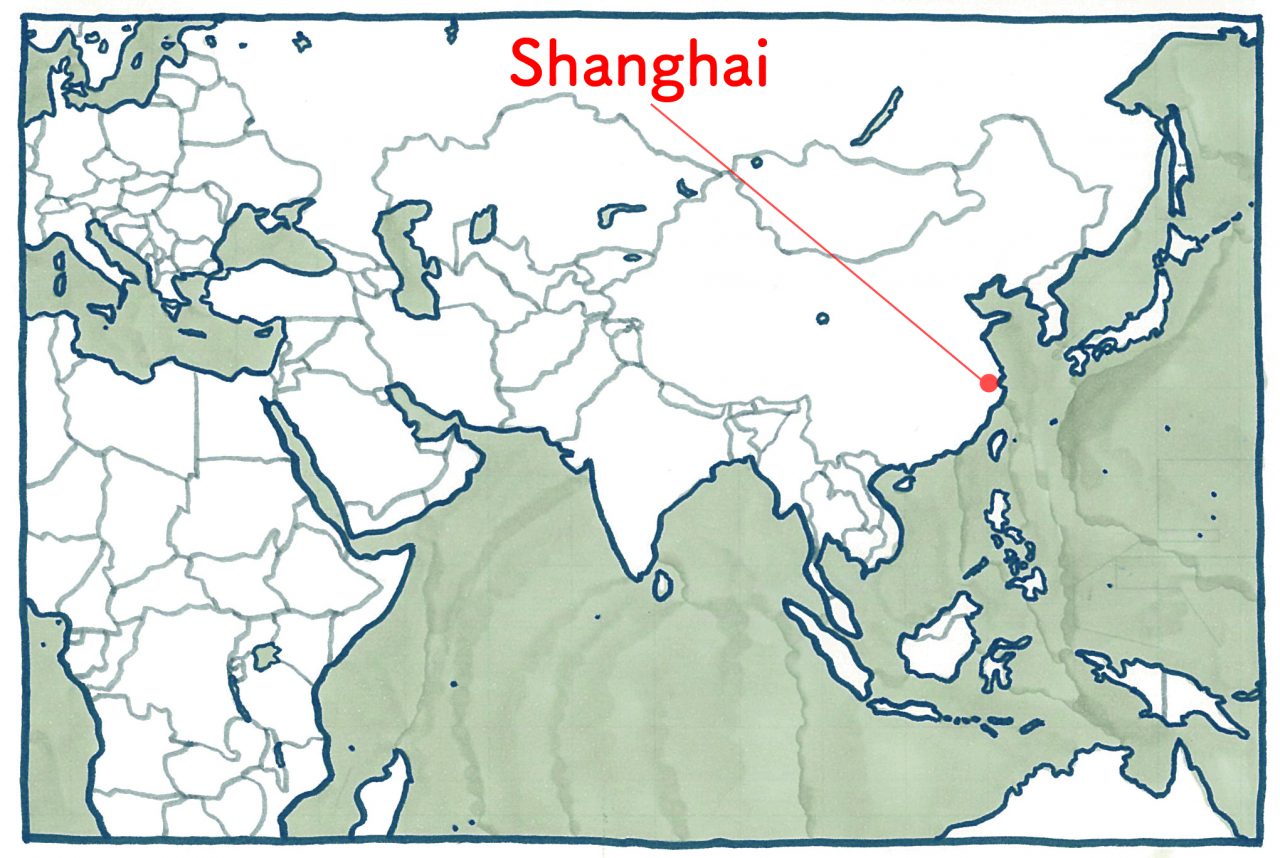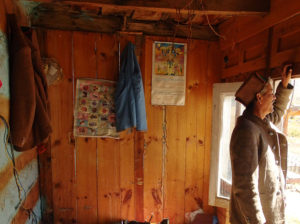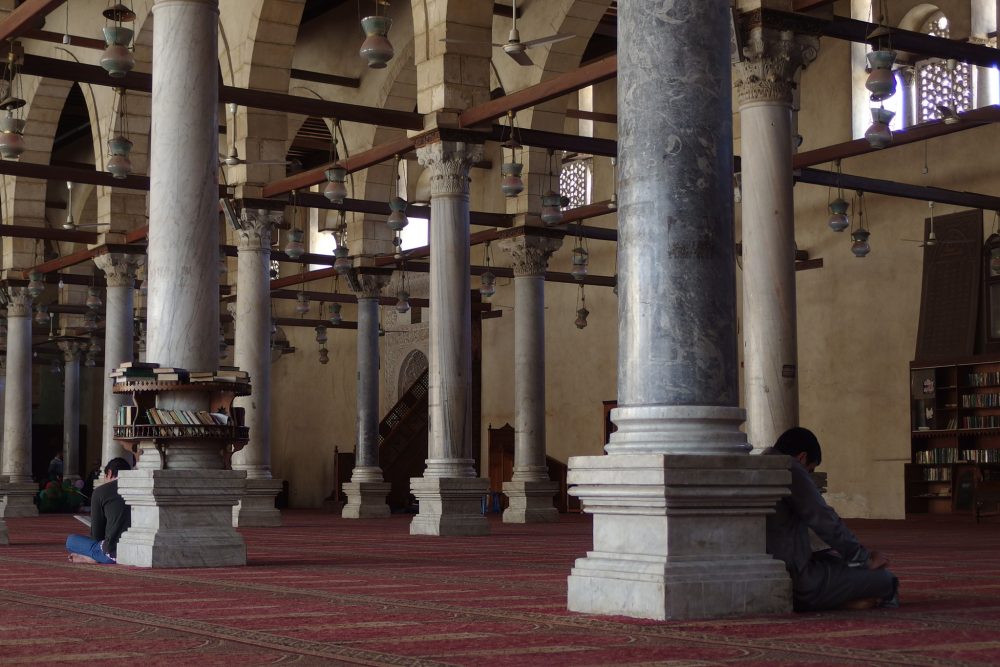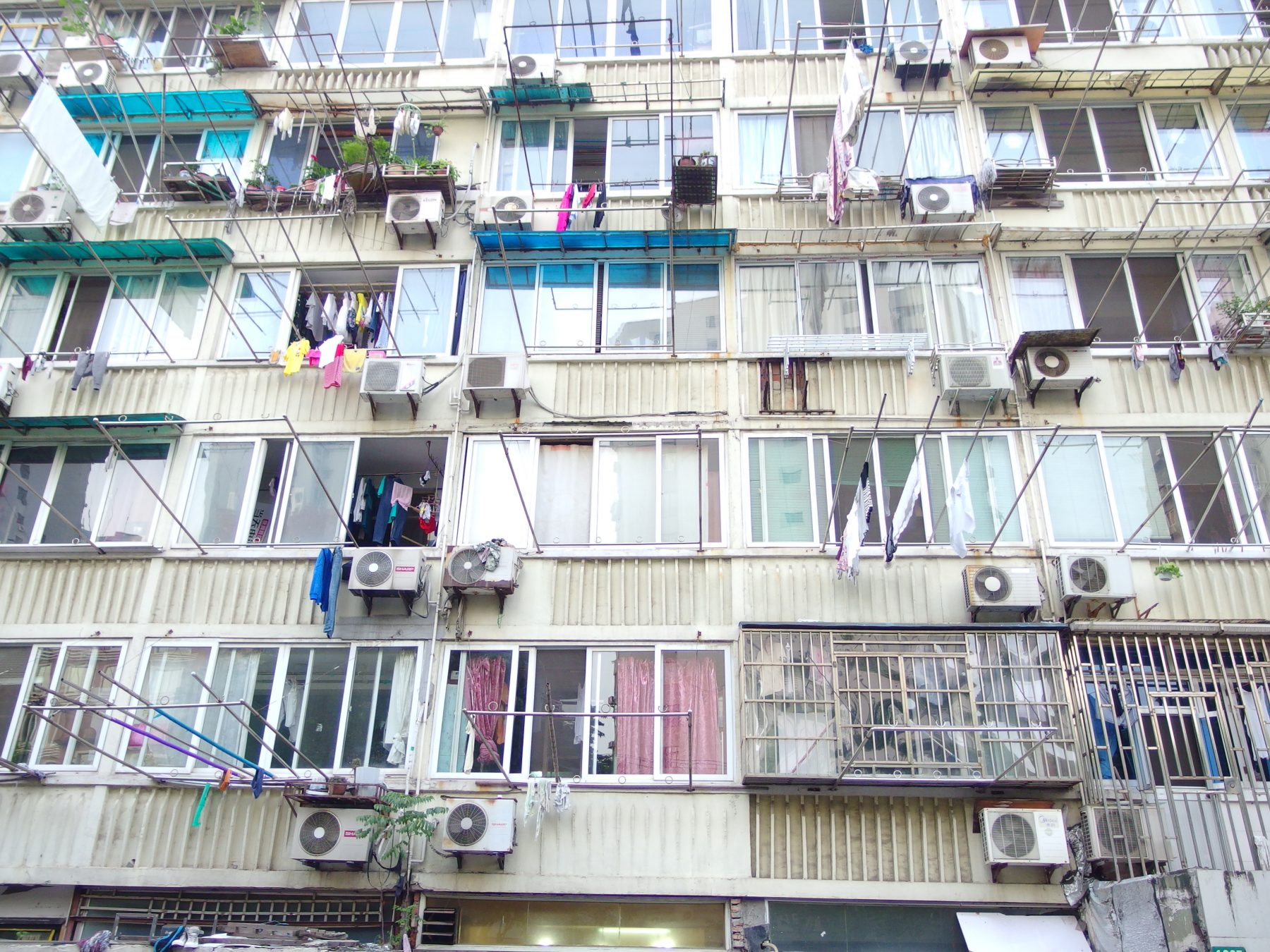
Series Traveling Asia through a Window
Shanghai, Bars of Iron Sprouting from Windows (1)
06 Sep 2016
- Keywords
- Architecture
- Columns
Arriving in Shanghai I was surprised at how noisy it was. This is not a critique: Shanghai is the type of place that if you don’t assert yourself you won’t be listened to, whether at a restaurant or marketplace. Sprawling skyscrapers represent Shanghai’s development as the biggest city in China; their silhouette has become an icon that decorates subway tickets.
-

Silhouette of skyscrapers printed on subway tickets
Passing through the now-familiar scenes, the space where crowds of people live: A man selling fish that he was sprawled out on the ground, numerous women dancing with great energy in the square, an old man sitting and playing the Erhu, a merchant selling heaps of underwear. The streets are overflowing with the scent of people living their lives.
-

Deliberately sorts the fish spread on a plastic sheet
Here we can eat dinner for about 10 yuan, nearly 200 yen. For me, a guy travelling on the cheap, this is a perfect price. At restaurants you’re not guided to a seat by anyone. You order what you want in a loud voice and push your way through a crowd of people to secure your seat. My first night in Shanghai I slurped noodles next to an old couple. They put their leftovers into a plastic container and brought it home with them.
-
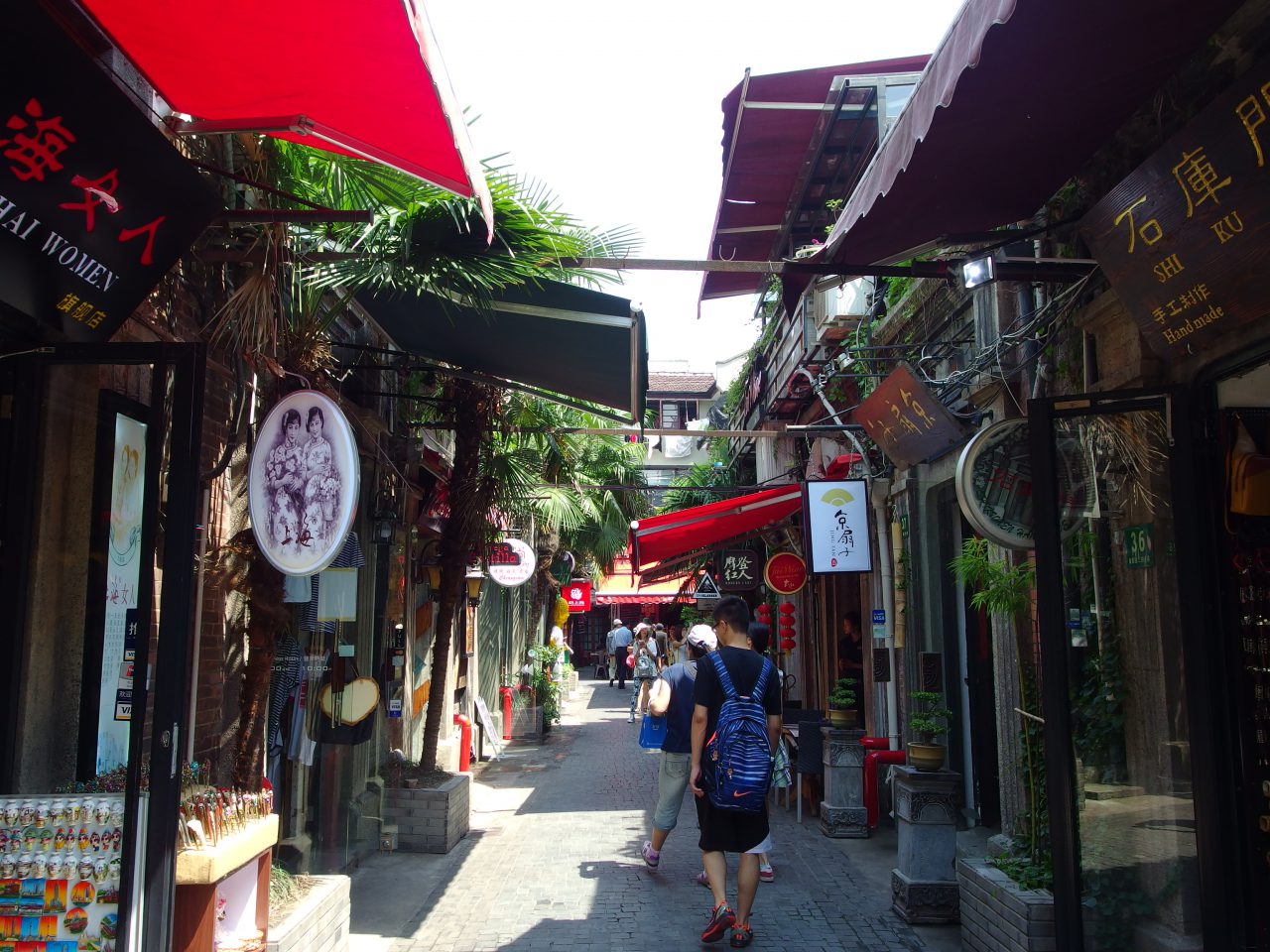
Shikumen renovated for the purpose of tourism
Though certainly an urban city, the people of Shanghai don’t speak English. It’s interesting, though – even I, who can’t understand Chinese, was able to eat well. I suppose human activities are almost the same everywhere.
Most people are living in these crowded housing complexes. Those complexes used to be called lilong residential buildings: two or three-story tenement style dwellings built in Shanghai from the late 19th century through the early 20th century. They are products of concession period when foreigners had designated living quarters; they were born in tandem with Shanghai’s development as a city.
-
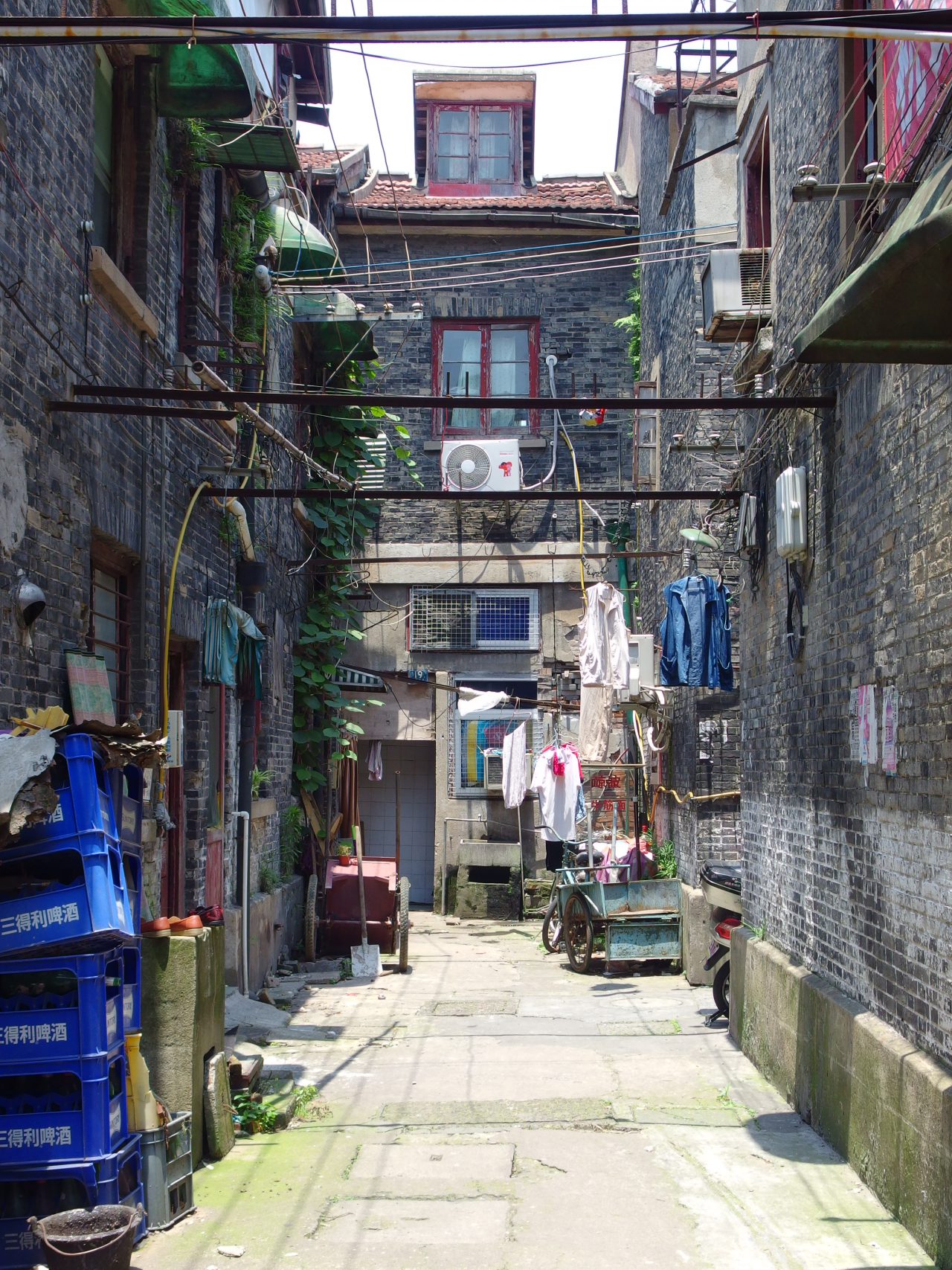
Lilong housing still in use today
Among those still standing one can occasionally find the so-called Shikumen, semi-Western style Chinese buildings. They are renovated and given new life as touristic attractions. These old low-rise housing developments vary in their building materials and structural compositions; one doesn’t get tired simply staring at them. Such old living arrangements in the middle of an urban city comes off as a rarity to everyone and serves as a source of amusement for many people.
Relatively new housing complexes generally have five or six stories and resemble those found in Japan. Looking up towards the sky I was overcome by a strange feeling while among the monotone buildings. Bars of iron were sprouting from the windows of those buildings.
-

Bars of iron sprouting from the windows of housing complexes
This is what I want to see. It may be a matter of course for residents, but for me, this is something new. It is an ordinary life that might not be recorded in history. I may look through a new Shanghai from among these bars of iron. Making this discovery, those buildings that just a moment ago seemed all so monotonous suddenly become all the more interesting. I decided to take these iron bars as my guide while walking through Shanghai.
Ryuki Taguma
Taguma was born in Shizuoka prefecture in 1992 and grew up in Tokyo. In 2014, he graduated from the Department of Architecture (Creative Science and Engineering) of Waseda University. He received a gold medal for his graduation project in architecture and received top recognition for his graduation thesis. From April 2014 he began life as a graduate student in architectural history, studying under Norihito Nakatani. In June of 2014 he proposed a restoration plan for residents of Izu Ōshima for a sediment-related disaster. This would become his graduation project. In 2015 he took a year off from school to travel around villages and folk houses in 11 countries in Asia and the Middle East, visiting countries from China to Israel. In Yilan County,Taiwan, he worked as an intern at Fieldoffice Architects.
